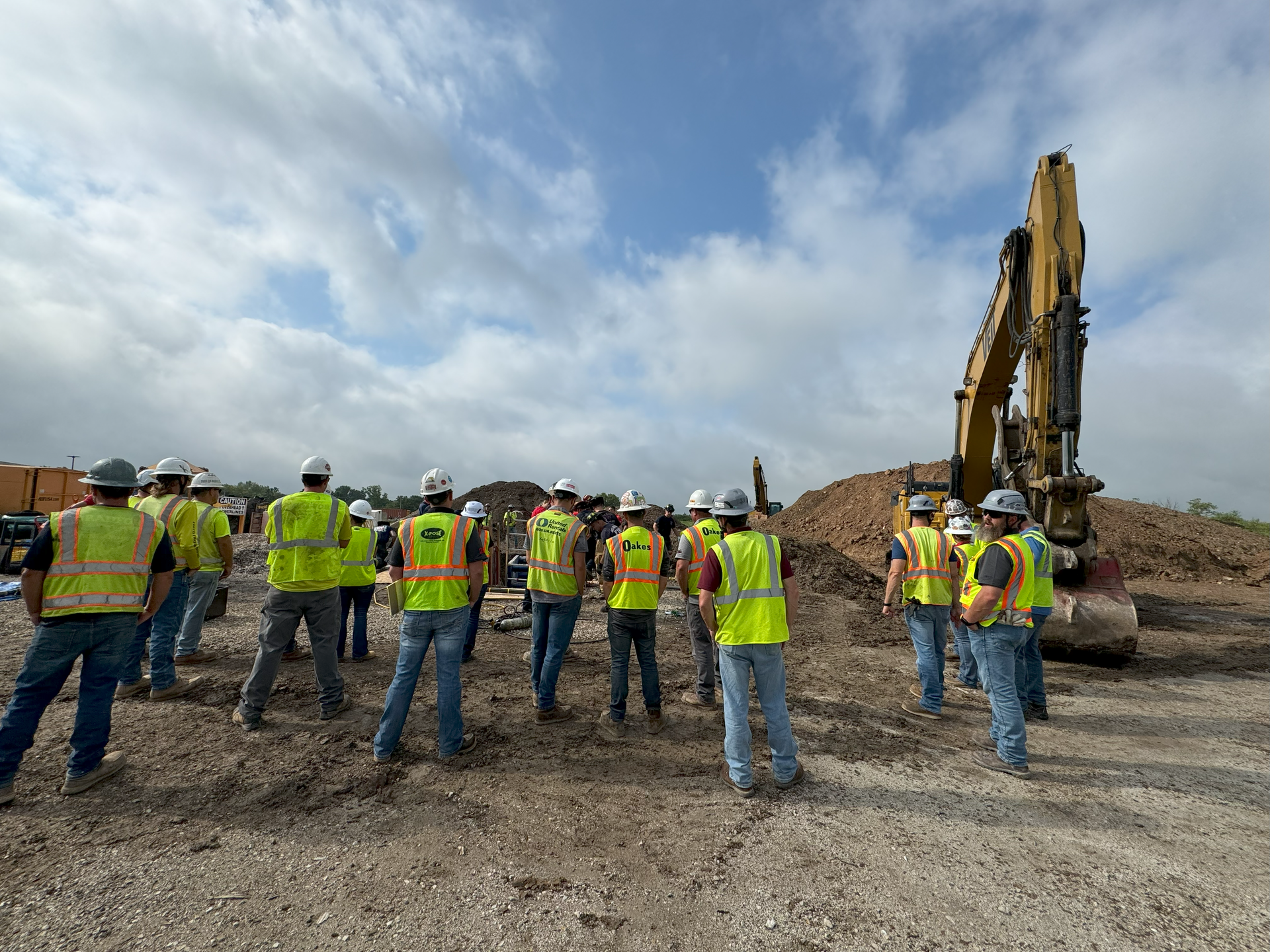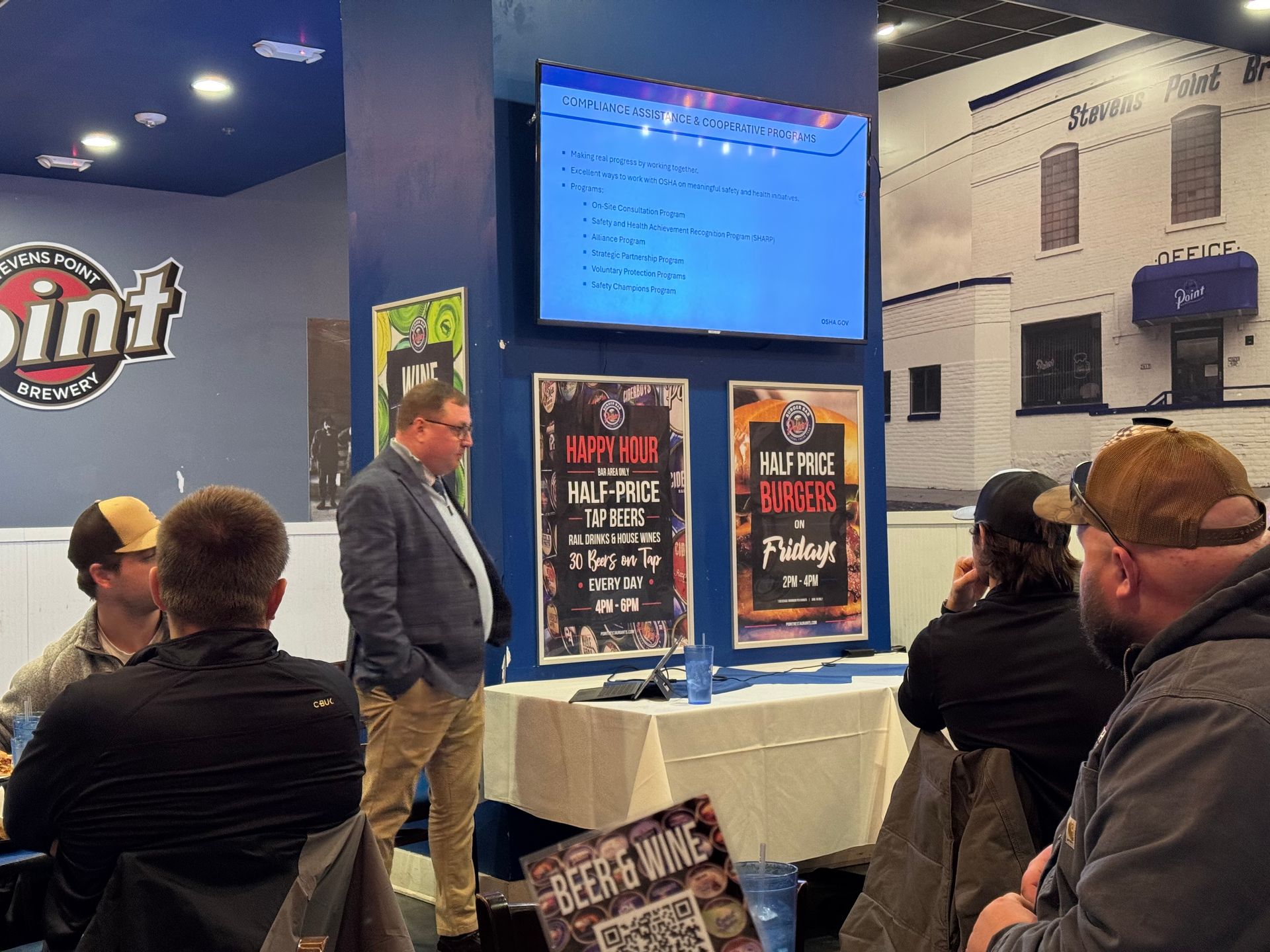The Case for Continued Federal Investment in Wisconsin’s Water Infrastructure: A Call to Action
Madison, WI — June 23, 2025 — Wisconsin’s water infrastructure is at a critical crossroads with federal investment transforming outdated systems and protecting public health. However, the success of these initiatives depends on sustained funding from Washington, D.C. State and local leaders are urging Congress to make ongoing water infrastructure investment a national priority.
Why Continued Federal Support is Crucial
- Aging Infrastructure Needs: Much of Wisconsin’s water infrastructure is nearing the end of its functional life. Without regular investment, lead service lines, failing wastewater systems, and outdated stormwater management pose significant risks to public health and safety.
- Emerging Challenges: Contaminants like PFAS, known as “forever chemicals,” threaten water safety in communities across the state. Continued funding ensures we can detect, remove, and prevent these hazards.
- Economic Impact: Federal funding supports thousands of jobs in construction, engineering, and manufacturing while providing cost savings to municipalities and ratepayers. A lapse in funding could halt these benefits.
The Success of Federal Funding So Far
Wisconsin has been a model of effective use of federal resources. Since the enactment of the Bipartisan Infrastructure Law (BIL):
- The state has received over $900 million for water infrastructure projects.
- $402 million has been allocated to address emerging contaminants like PFAS.
- Communities of all sizes have benefited from grants and below-market loans, with special attention given to underserved areas.
This progress underscores the need for continued federal support to maintain momentum and address long-standing water issues.
A Call to Action for Wisconsin Residents and Leaders
“Water infrastructure is the backbone of our communities, safeguarding health and supporting economic growth. We must ask Congress to continue investing in these essential systems,” said Ruth Hackney, Executive Director of WUCA.
Continued federal funding will empower Wisconsin to:
- Replace remaining lead service lines, protecting children and families.
- Modernize aging wastewater systems to prevent flooding and pollution.
- Combat PFAS contamination and other emerging threats to water safety.
Why Your Voice Matters
Wisconsin residents and leaders have the power to influence federal priorities. By contacting elected officials, we can ensure that water infrastructure remains at the forefront of the national agenda.
How to Take Action:
- Contact Your Representatives: Share why clean water matters to your community and ask for ongoing water infrastructure funding in future budgets.
- Engage Locally: Advocate for projects that showcase the importance of federal funding in your city or town.
- Stay Informed: Follow updates from the Wisconsin Department of Natural Resources and community organizations championing water initiatives.





